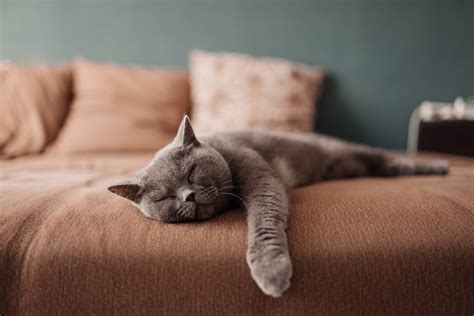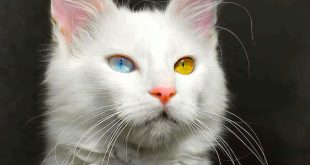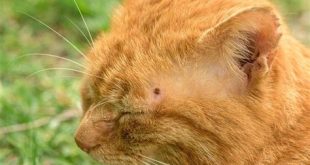Cats are notorious for their love of sleep, often snoozing for up to 16 hours a day, with some even reaching 20 hours during their lifetime. But why do cats sleep so much, and what are their sleeping habits telling us about their needs? Understanding your cat’s sleep patterns can help you ensure they are healthy and comfortable while giving you insight into their behavior. Here’s a closer look at the science behind cats and their sleeping habits.
Why Do Cats Sleep So Much?
Cats are obligate carnivores, meaning they need a high-protein diet to thrive. In the wild, their hunting instincts require bursts of intense energy, followed by periods of rest. Although domesticated cats no longer need to hunt for food, their bodies are still wired for these patterns. A cat’s sleep is often categorized into two types: light sleep and deep sleep (or REM sleep). Cats spend a significant amount of time in these two stages to rest their muscles, recharge, and prepare for any quick movements if necessary.
Day and Night Sleep Cycles
Cats are crepuscular, meaning they are most active during the twilight hours of dawn and dusk. While this may seem like a contradiction to their love for sleep, it actually aligns with their natural instincts. In the wild, cats would hunt at dawn and dusk when their prey was most active, so they are built to be alert and energetic during these periods. As a result, many cats will sleep during the day, particularly in the afternoon when sunlight is brightest, and become more active in the evening or early morning.
The Cat Nap: Short, Frequent Sleep
Unlike humans, who typically sleep in one long stretch at night, cats take multiple short naps throughout the day. These cat naps are typically around 15 to 30 minutes each but can accumulate to several hours of sleep throughout the day. This is a natural behavior for cats, allowing them to rest frequently and remain ready to pounce if needed.
Deep Sleep and Dreaming
When cats enter deep sleep, they experience REM (rapid eye movement) sleep, which is where the dreaming happens. During this stage, you may notice your cat twitching their paws or whiskers, which is often a sign they are dreaming. While we can’t know for sure what cats dream about, it is believed that their dreams might revolve around their natural instincts, such as hunting or playing.
What Affects a Cat’s Sleep Patterns?
Several factors can influence how much or how little a cat sleeps. Here are some of the most common reasons why your cat’s sleep habits might change:
- Age: Kittens and older cats tend to sleep more than adult cats. Kittens need the extra sleep to help with growth and development, while senior cats may sleep more due to age-related changes or health issues.
- Activity Level: Active cats may take more naps to recover from their playtime, while less active or elderly cats may sleep more due to decreased energy levels.
- Health: Cats who are unwell may sleep more than usual, while those who are stressed or anxious may have disrupted sleep patterns.
- Environment: A cat’s environment can affect their sleeping habits. A quiet, safe, and comfortable space will encourage better sleep, while noise, stress, or lack of a secure place to rest can lead to sleep disturbances.
Creating a Comfortable Sleeping Environment for Your Cat
To help your cat get the best sleep possible, it’s important to create a comfortable environment. Cats love cozy, quiet spaces where they can feel secure. Here are some tips for providing a good resting place for your cat:
- Provide soft, clean bedding: A comfy bed or blanket in a quiet area of your home can encourage your cat to relax and rest.
- Offer elevated resting spots: Cats often enjoy sleeping in high places, such as cat trees or shelves, where they feel safe and secure.
- Maintain a consistent routine: Cats are creatures of habit, so maintaining a consistent feeding and play schedule can help regulate their sleep cycles.
- Ensure a quiet environment: Cats need a peaceful place to sleep without loud noises or disruptions.
Conclusion
Cats’ sleeping habits are much more than just a result of laziness; they are deeply rooted in their natural instincts and biology. By understanding their sleep patterns, you can create an environment that caters to their needs, ensuring they get the rest they require to stay healthy and happy. So, next time your cat curls up for a long nap, remember that they are simply following their instincts and recharging for their next adventure—whether it’s a burst of play or a midnight snack.
 PAWS AND WHISKERS PET CARE
PAWS AND WHISKERS PET CARE




